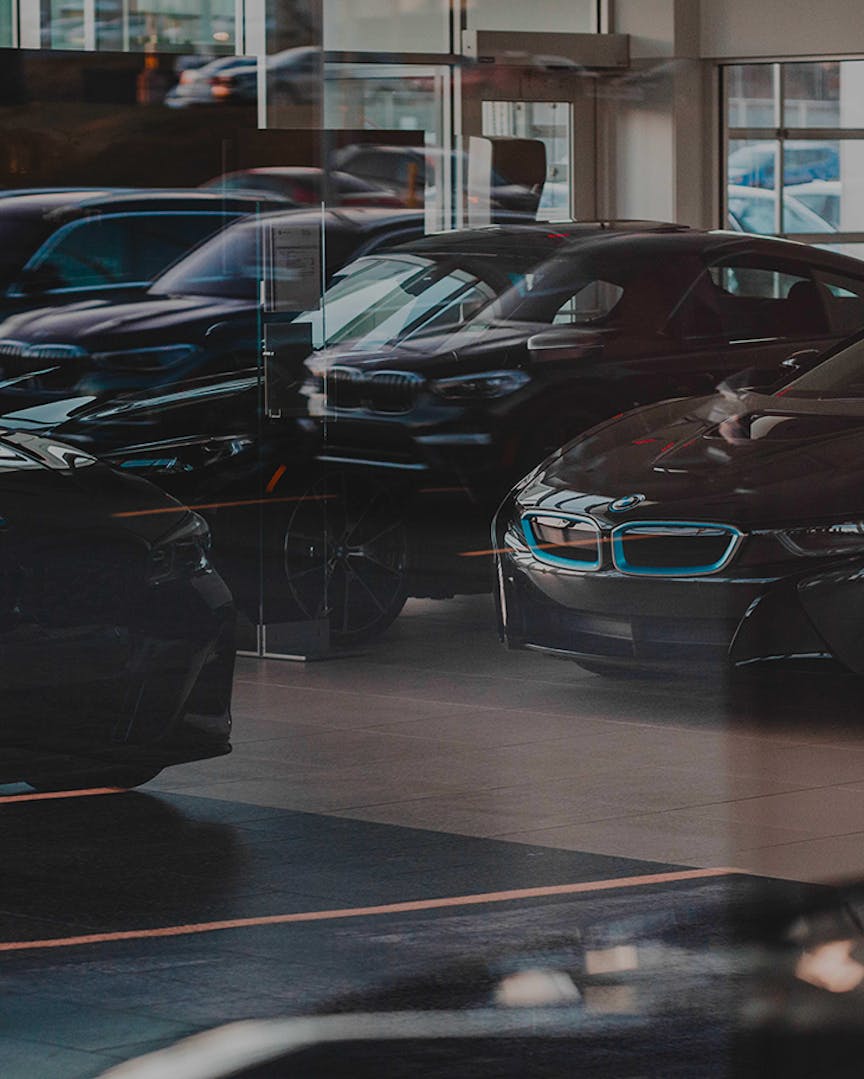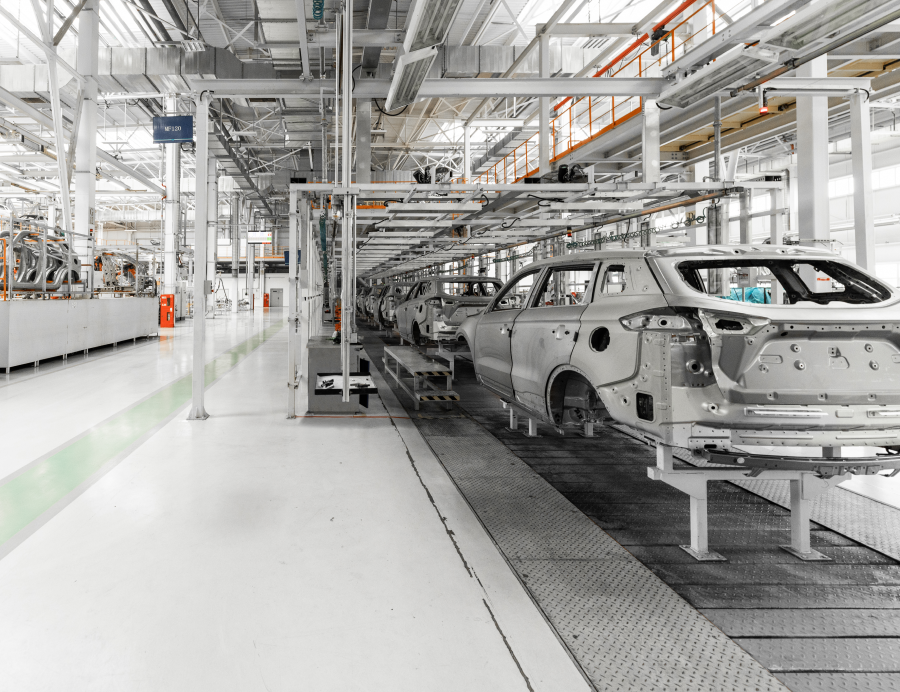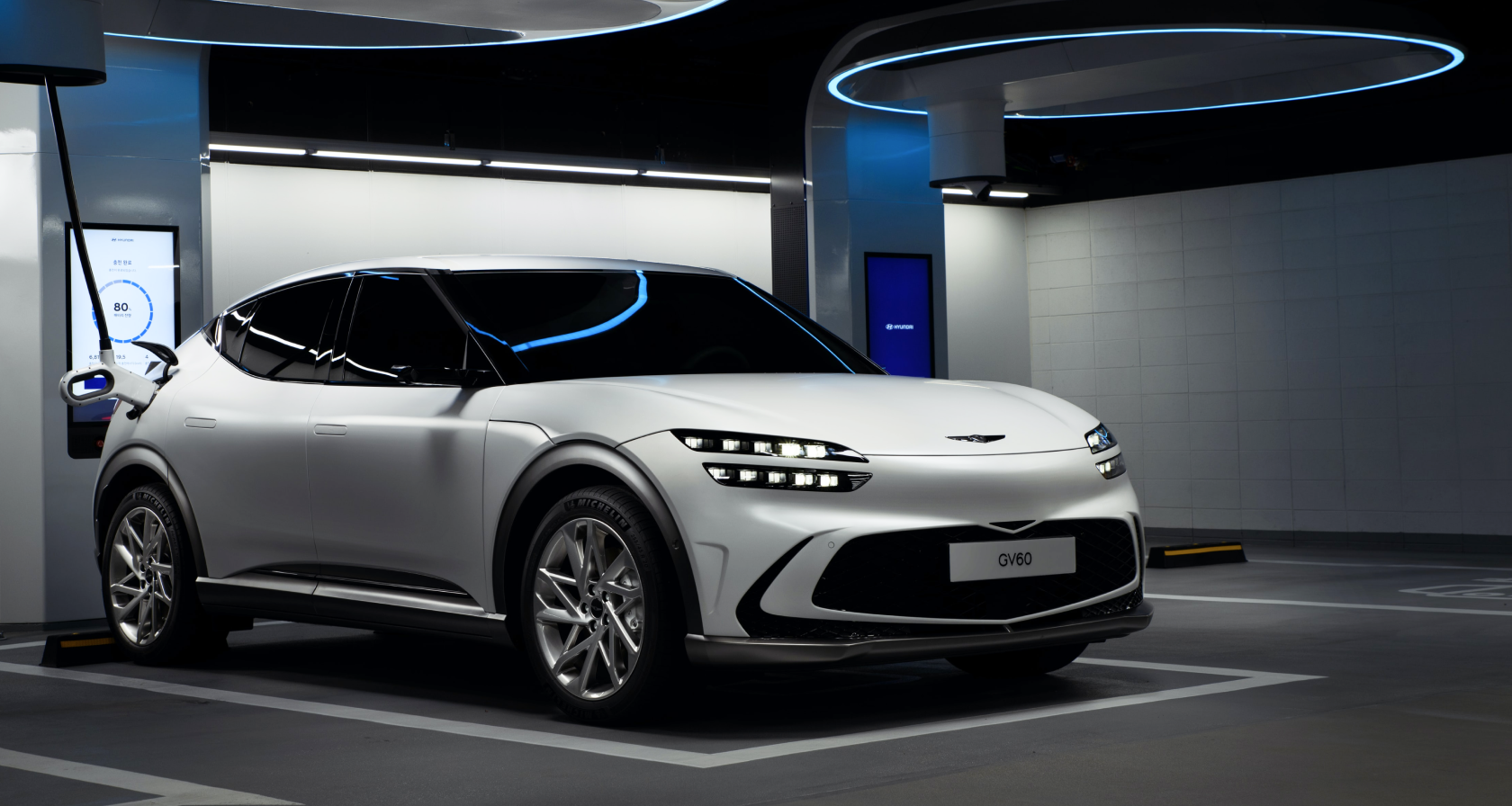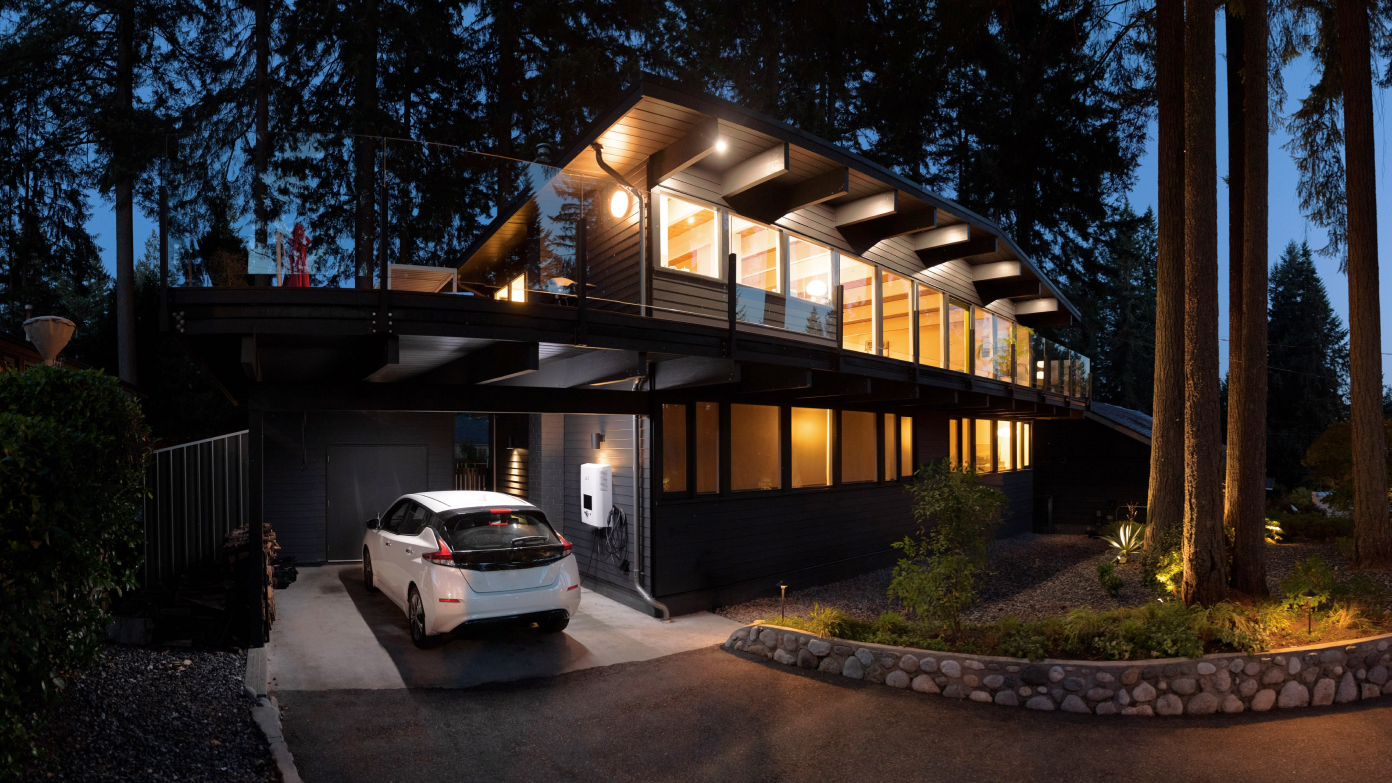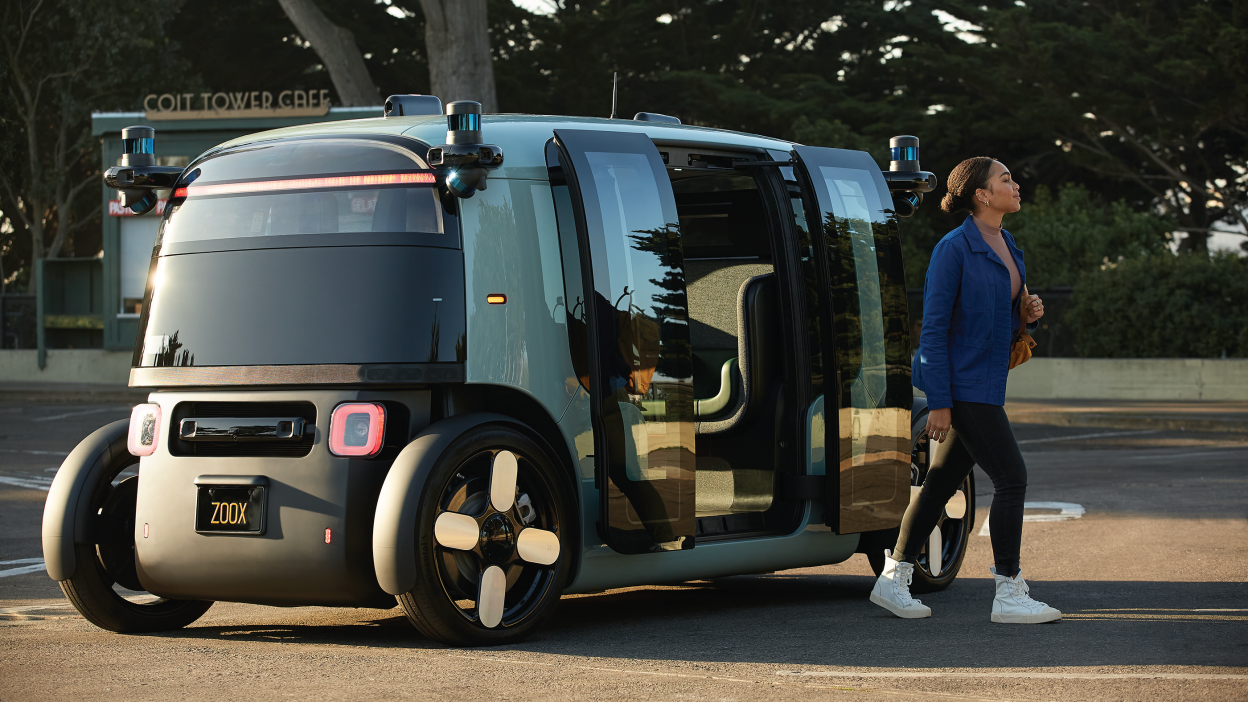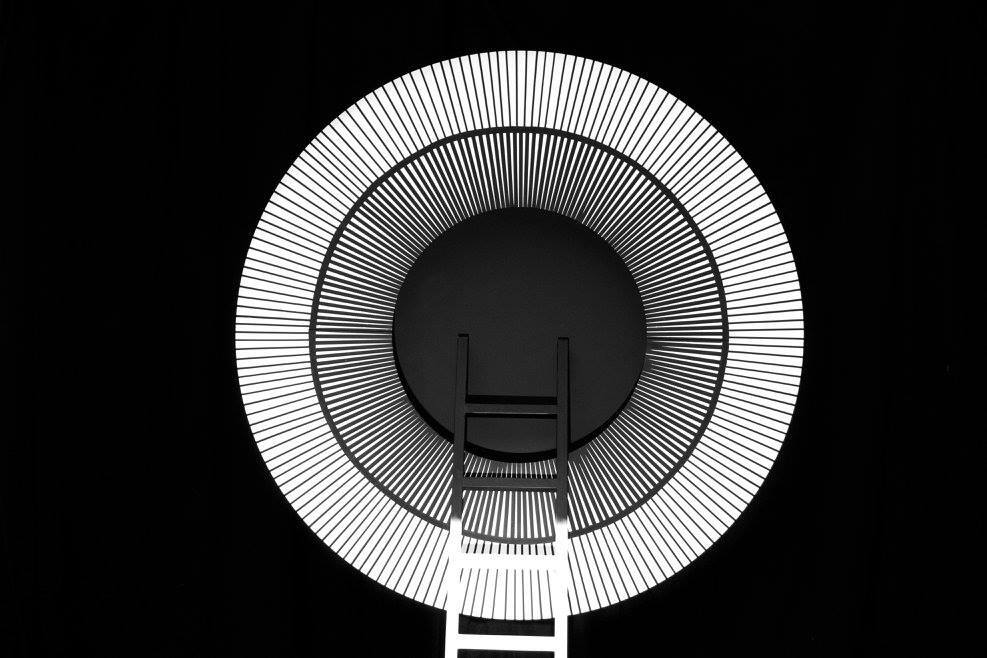Anyone who knows me well also knows my passion for engines: I’ve liked cars since I built them with Lego, and I've always been attentive to how they change, both vehicles and their market.
We are seeing giant leaps in transportation and rising risks for the market in the broadest sense. In 20-30 years, the sector will have to seriously question its models to the point of radically transforming itself. The most exciting transformations will be in the world of automotive retail.
